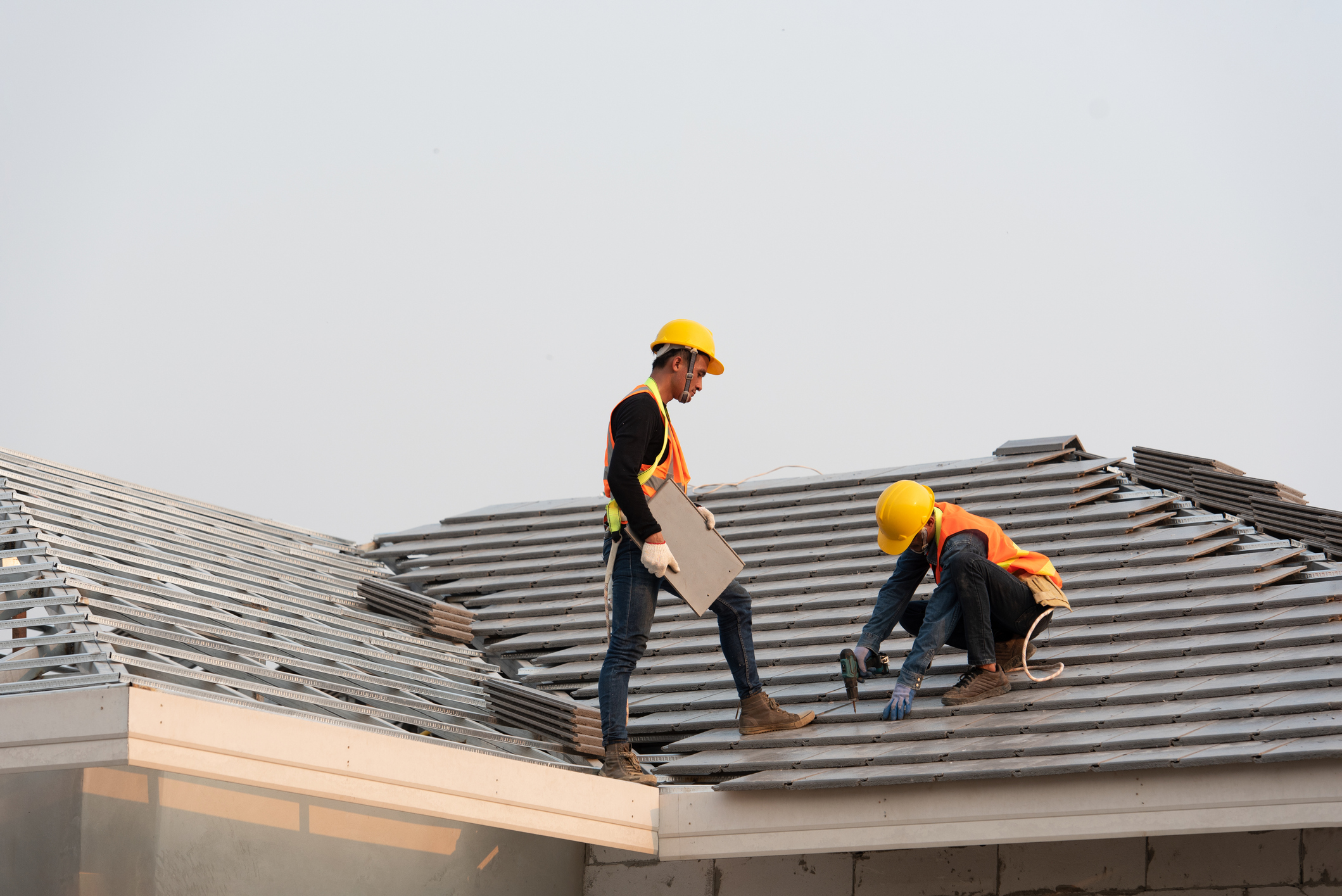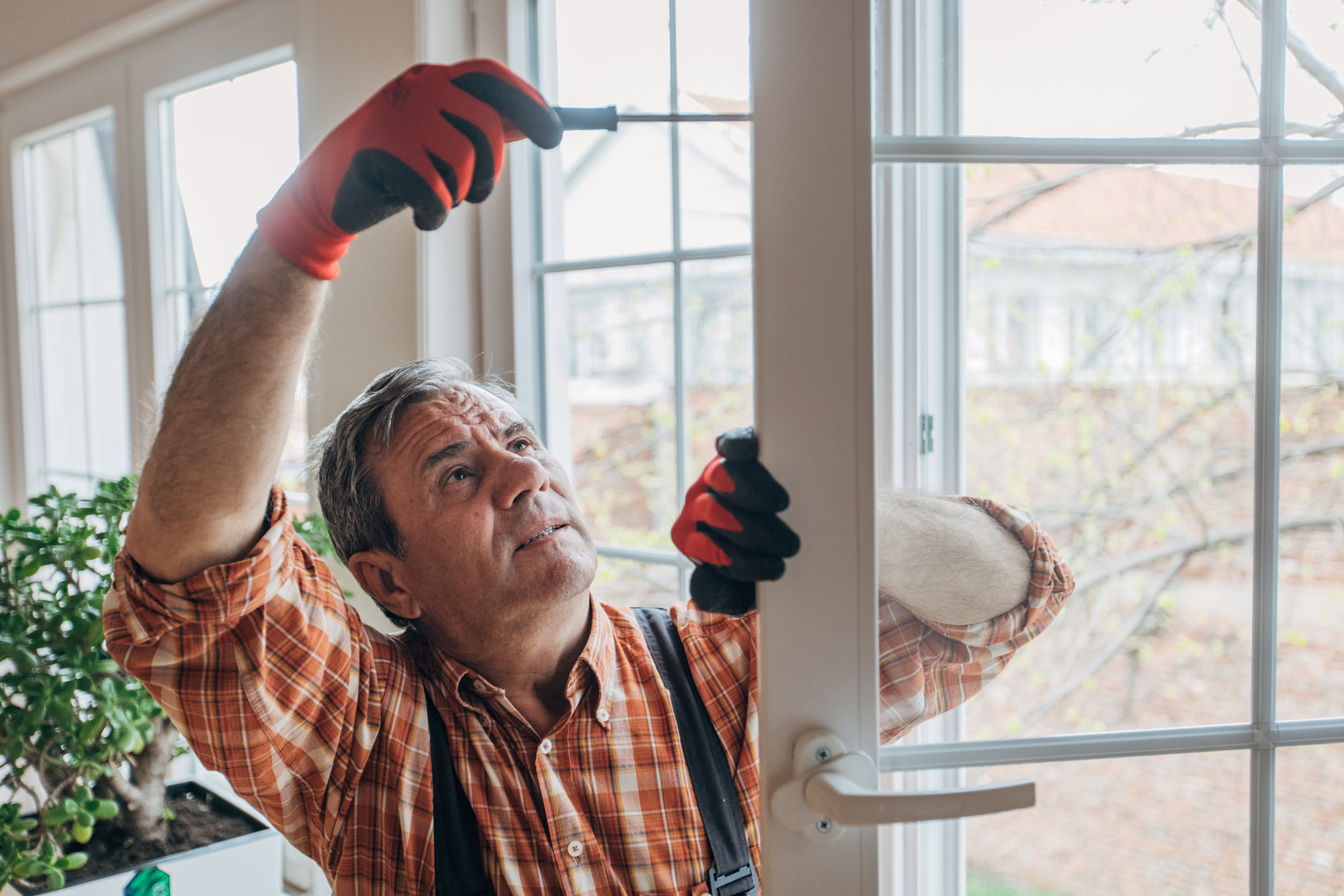Florida Revives Popular Home-Hardening Program With $280M in New Funding
A major infusion of state funds revives Florida's flagship home-hardening grant program to protect homeowners and potentially lower insurance costs.


Florida is once again investing heavily in protecting homes and wallets from hurricane damage. Thanks to a fresh $280 million funding boost in the 2025–2026 state budget, the My Safe Florida Home program is making a major comeback.
The program, which offers grants of up to $10,000 per household, helps eligible homeowners pay for such critical wind-mitigation upgrades as impact-resistant windows, fortified doors and roof reinforcements.
The initiative is designed to increase hurricane resilience and reduce the financial strain of storm recovery. These upgrades could also lower your homeowner’s insurance premium, which can be a much-needed relief in a state where coverage costs have continued to climb.
From just $107.88 $24.99 for Kiplinger Personal Finance
Become a smarter, better informed investor. Subscribe from just $107.88 $24.99, plus get up to 4 Special Issues

Sign up for Kiplinger’s Free Newsletters
Profit and prosper with the best of expert advice on investing, taxes, retirement, personal finance and more - straight to your e-mail.
Profit and prosper with the best of expert advice - straight to your e-mail.
High demand prompts return of Florida’s hurricane upgrade initiative
The My Safe Florida Home program originally launched in the mid-2000s but was revived in 2022 following years of extreme weather and rising insurance costs.
By 2023, demand had overwhelmed supply. Thousands of applications were left unfunded when the program ran out of money, prompting lawmakers to step in this year with a significantly larger allocation.
That $280 million funding infusion aims to reach more Floridians this time around, giving residents a second chance to upgrade and protect their homes.
Eligibility requirements for My Safe Florida Home grants
The program is open to full-time Florida homeowners who live in single-family, site-built homes. To qualify, your home must meet certain requirements:
- It must be your primary residence.
- The insured value must not exceed the cap (currently $700,000).
- A wind mitigation inspection is required to identify needed upgrades.
- Priority is given to homeowners age 60 and older.
Once approved, eligible homeowners can receive up to $10,000 in matching grants, with the state covering $2 for every $1 the homeowner contributes.
Lower-income households might qualify for a full grant with no match required. Keep in mind that the grant money is provided after you’ve been approved and have the required wind-mitigation work done on your home.
Eligible home improvements under the grant program

Funds from the program can be used to install:
- Impact-resistant windows and exterior doors
- Upgraded garage doors
- Roof reinforcements or replacements
- Improved roof-to-wall connections
These improvements can significantly strengthen your home’s ability to withstand hurricane-force winds, potentially sparing you from catastrophic damage during storm season.
How home upgrades can lower your insurance costs
While hurricane mitigation is the primary goal, the financial incentive doesn’t end there. By making these upgrades, homeowners could become eligible for wind mitigation credits that lower their property insurance costs.
"Improving your home’s structure is one of the few strategies Florida homeowners can take to directly reduce insurance premiums,” said Florida Chief Financial Officer Jimmy Patronis in a recent press release. “The My Safe Florida Home program is a win-win.”
These savings can be especially valuable as Florida continues to see steep increases in home insurance premiums. Even modest discounts from wind-mitigation credits can help offset rising costs and make coverage more affordable in the long run.
How to apply
Funding is available on a first-come, first-served basis and if past cycles are any indication, interest will be high.
The program will prioritize senior citizens and low-income homeowners with several special application periods before opening to the general public:
- July 1–15: Low-income homeowners age 60 and older
- July 16–30: Low-income homeowners of any age
- July 31–Aug. 14: Moderate-income homeowners age 60 and older
- August 15–30: Moderate-income homeowners of any age
- August 31 and later: All other eligible Florida homeowners
To apply, visit MySafeFLHome.com and complete the eligibility form. From there, you’ll schedule a free wind mitigation inspection. Once you receive the inspection report, you can choose a contractor and submit your grant application.
If you're thinking of applying, start gathering your insurance and property documents now to avoid delays.
A timely opportunity for Florida homeowners
Florida’s renewed commitment to hurricane resilience is welcome news for many, especially as the state approaches peak storm season. With $280 million in funding on the table, those who qualify should take advantage of the opportunity to strengthen their homes and potentially lower their insurance costs.
Given the program’s popularity and limited funds, acting early could make all the difference. Don’t wait until the next storm warning; start preparing now.
Compare some of today's best home insurance offers with the tool below, powered by Bankrate:
Related Content
Profit and prosper with the best of Kiplinger's advice on investing, taxes, retirement, personal finance and much more. Delivered daily. Enter your email in the box and click Sign Me Up.

Choncé is a personal finance freelance writer who enjoys writing about eCommerce, savings, banking, credit cards, and insurance. Having a background in journalism, she decided to dive deep into the world of content writing in 2013 after noticing many publications transitioning to digital formats. She has more than 10 years of experience writing content and graduated from Northern Illinois University.
-
 Vesting, Catch-Ups and Roths: The 401(k) Knowledge Quiz
Vesting, Catch-Ups and Roths: The 401(k) Knowledge QuizQuiz Test your understanding of key 401(k) concepts with our quick quiz.
-
 Why You Should Pay Attention to Company Guidance
Why You Should Pay Attention to Company GuidanceUnderstanding how corporate profit forecasts affect analysts’ estimates and stock ratings can help you make investment decisions.
-
 How to Protect Yourself and Others From a Troubled Adult Child
How to Protect Yourself and Others From a Troubled Adult ChildThis case of a violent adult son whose parents are in denial is an example of the extreme risks some parents face if they neglect essential safety precautions.
-
 How to Protect Yourself and Others From a Troubled Adult Child: A Lesson from Real Life
How to Protect Yourself and Others From a Troubled Adult Child: A Lesson from Real LifeThis case of a violent adult son whose parents are in denial is an example of the extreme risks some parents face if they neglect essential safety precautions.
-
 Here's How Much You Can Earn with a $100,000 Jumbo CD
Here's How Much You Can Earn with a $100,000 Jumbo CDYou might be surprised at how fast a jumbo CD helps you reach your goals.
-
 A Financial Planner Takes a Deep Dive Into How Charitable Trusts Benefit You and Your Favorite Charities
A Financial Planner Takes a Deep Dive Into How Charitable Trusts Benefit You and Your Favorite CharitiesThese dual-purpose tools let affluent families combine philanthropic goals with advanced tax planning to generate income, reduce estate taxes and preserve wealth.
-
 How Financial Advisers Can Best Help Widowed and Divorced Women
How Financial Advisers Can Best Help Widowed and Divorced WomenApproaching conversations with empathy and compassion is key to helping them find clarity and confidence and take control of their financial futures.
-
 Your Guide to Buying Art Online
Your Guide to Buying Art OnlineFrom virtual galleries to social media platforms, the internet offers plenty of places to shop for paintings, sculptures and other artwork without breaking the bank.
-
 I'm 59 With $1.7 Million Saved and Just Lost My Job. Should I Retire at 59½, or Find New Work?
I'm 59 With $1.7 Million Saved and Just Lost My Job. Should I Retire at 59½, or Find New Work?We asked professional wealth planners for advice.
-
 Metro by T-Mobile Is Giving Away This Samsung Galaxy A16: Which Plans Are Eligible?
Metro by T-Mobile Is Giving Away This Samsung Galaxy A16: Which Plans Are Eligible?Metro by T-Mobile is offering free Samsung Galaxy A16 phones on eligible plans right now. Here’s how the deal works.
-
 I Drive and Collect Classic Cars: Here’s How I Got in the Game Without Spending a Fortune
I Drive and Collect Classic Cars: Here’s How I Got in the Game Without Spending a FortuneAre classic cars a hobby or an investment strategy — or both? Either way, the vintage car scene is much cooler and more affordable than you think.